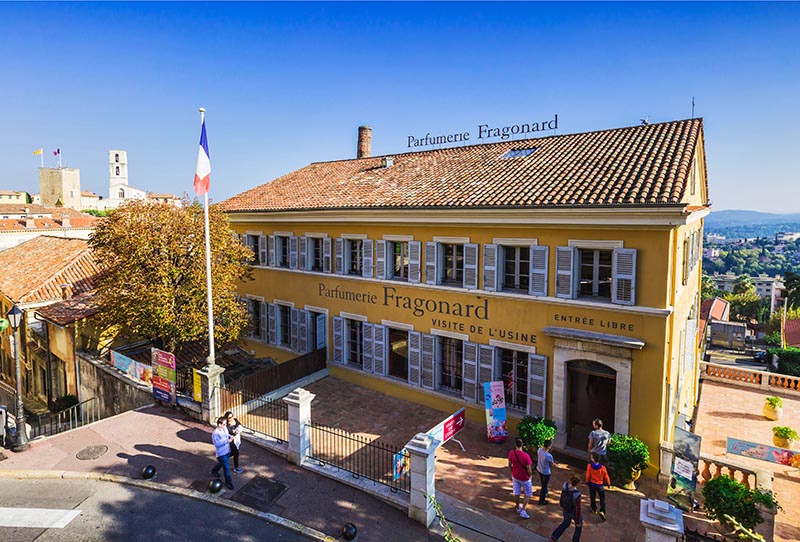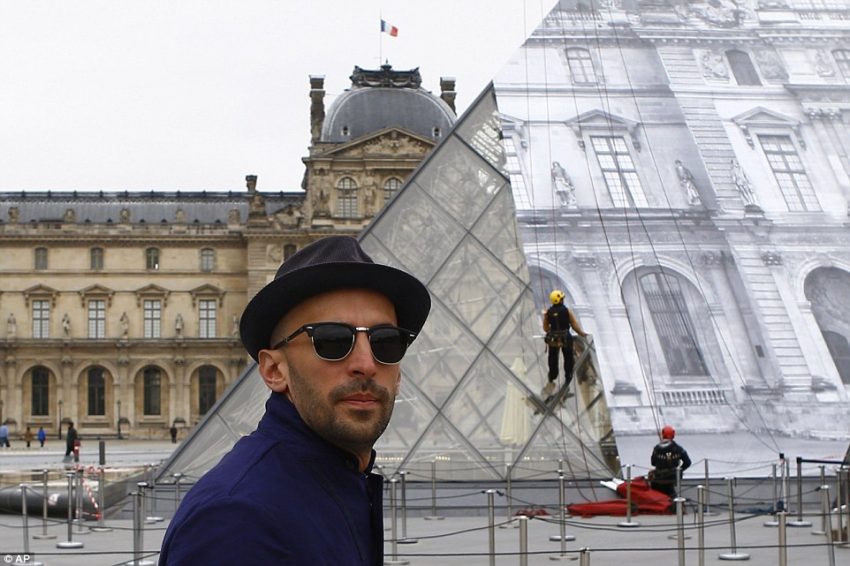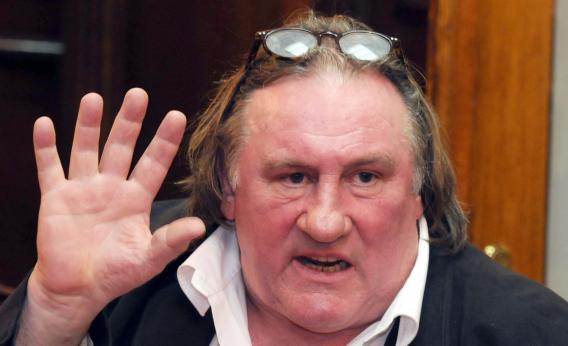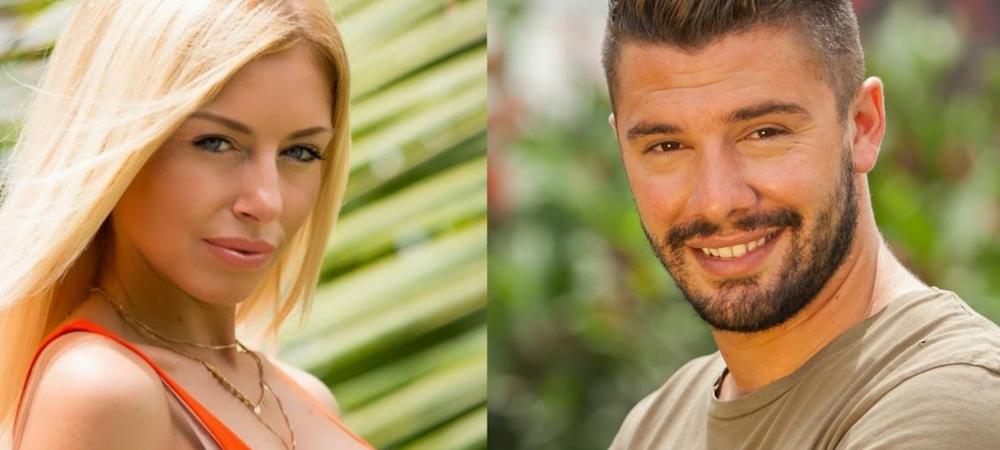
The city of Grasse is located west of the Alpes-Maritimes department, in the Paca region. Just 20 kilometers from Cannes, this small town has earned a reputation as the perfume capital of the world thanks to its many traditional perfume houses. The ‘perfume capital of the world’ boasts about thirty perfume factories that ship their creations throughout the world.
The city’s fragrant history was already starting to emerge during the Renaissance. In the 16th century, it is renowned for its traditional tanning industry. Because the leather and tanning industry and leather goods in general require a lot of water, Grasse was therefore a ideal spot for such activity. However, leather gloves produced in Grasse had a rather unpleasant smell, so they decided to embalm them. At first, the tanners applied their own scented substances to embalm their products, but the demand increased so sharply that they had to create a separate company dedicated solely to the production of this material. Raw perfume materials were from then on grown on the fringes of the city, earning it the nickname of the perfume capital of the world.
At the end of the 16th century, Europeans of all nations flocked to Grasse to work as perfumers and to take advantage of the city’s ideal location. The further development and refinement of mining techniques lasted until the 19th century and contributed to the rise of the city’s reputation. The city has since made the perfume industry an art in itself, which is highly focused on luxury and high quality products. The significance of these perfumers’ art can still be felt by strolling through the still very active perfumeries in the city and walking down the narrow streets of the historic center.
Fragonard maison shop
To this day, when one thinks of large perfume houses in Grasse, the first that come to mind are Fragonard or Galimard.
The Fragonard maison represents a certain French way of life. Created in 1926, initially exclusively dedicated to perfumes, the brand would go on to craft itself an international reputation and develop their brand to include the world of fashion and decor. Right before the First World War, Eugène Fuchs, a former notary in Lyon, moved to Grasse. Converted to the magic of perfume, he decided to open his own company there. His idea ? Put everything he had into an unprecedented concept; offering tours of the workshops and selling scented products directly. This is how the Perfumery Fragonard came to be in 1926. The 1930s saw the brand grow with the arrival of a new generation of leaders: Georges, the son of Eugène Fuchs and François Costa, the husband of his daughter Emilie. These individuals would establish Fragonard as a “quality house”, producing “perfumes, soaps and cosmetic products”. They will also go far to promote the image of Grasse in France and around the world.
In the 50s, Fragonard even established several perfume museums on the Côte d’Azur and in Paris. Today, the founder’s young granddaughters, Anne, Agnès and Françoise, have taken over the management of the brand. Anxious to see it evolve without sacrificing any of its traditions, they have continued to progress all the while continuing to focus on developing around scented products, fashion items and decorative objects inspired by Provence.
Renowned noses
Halfway between artist and chemist, a nose is an essential link in the creation of a perfume. This role is responsible for assembling essences and extracts in the most genius manner possible. Behind the talent, experts in the sense of smell constantly work on their gift to develop it. In Grasse, the region is lucky enough to have a whole new generation of enthusiasts who are intent in giving the city back its former nobility. Highly skilled adventurers have decided to turn their city and region back into the world capital of perfume.
Jacques Cavallier-Belletrud
The son and grandson of a perfumer, Jacques was born in Grasse and returned in 2016, to inaugurate Les Fontaines Parfumées, Vuitton’s creative laboratory. It showcases the trade in the very heart of the city, which is shared with François Demachy (the nose of Dior). This year alone, this prolific Grassois created seven perfumes for Louis Vuitton, each of which evokes different personal memories.
Fabrice Pellegrin
This pure-bred origin of Grasse, raised in a family of perfumers, Fabrice spends his time traveling between the Parisian creative center of Firmenich and the Grasse site, where he is responsible for the development of natural ingredients. This talented nose likes warm, oriental notes such as vanilla, patchouli or rockrose. He has been expressing his passion for natural ingredients for eight years, and his products are snatched up by many of the biggest brands. Bucoliques de Provence, his latest hit for L’Artisan Parfumeur, is a tribute to the raw plant that is lavender.
Sébastien Rodriguez
Using colours and smells of flowers as uniquely as possible is the passion of this son of farmer, who comes from a whole line of several generations of jasmine growers in Grasse, at a facility known as La Roseraie du Vignal. In 2006, the florist decided to create, with Carole Biancalana, an association known as the exceptional flowers of Grasse country. Very passionate about organic farming, he played a big role in the reintroduction of geranium rosat in Grasse, where it had almost been wiped out.
Céline Ellena
Author of the blog Chroniques Olfactives and an important contributor to Nez magazine, this smell sniffing, ex-perfumer of The Different Company, opened her own company, Nezen and set up her laboratory 14 kilometers from Grasse. After coming up with J.U.S. (Jewel Unique and Sensory) for the Aesthete agency, developing the first open source perfume (whose formula is currently available) and putting out a candle for Fragonard, she is currently cranking out smells for several niche brands.
Choosing the right perfumes
This region has significant forested areas (a quarter of the territory is listed as a municipal nature reserve). This city is ideal for growing flowers and plants because its climate is mild and sunny. Mimosas, carnations, violets and many other plants are added to the naturally occurring rose, jasmine and tuberose plants. Jasmine and orange blossom, among others, are especially popular for cultivation at this location.
Although flower plantations around Grasse are less common today, the city’s raw products are still considered to be the best in the perfume industry and are therefore exported all over the world.
Grasse and its literature
Grasse’s influence over the perfume world is such that it has overflowed over to the literary world. The city is the main scene of Patrick Süskind’s novel: “The Perfume”. This author, of what became the most famous book on olfactory intoxication, may have drawn upon his time when he was studying medieval history in Provence.
The novel tells the story of Jean-Baptiste Grenouille. Abandoned at birth, he leads a poor and difficult life. To survive, he has to perform ungracious tasks and resort to be treated as a less-than-nothing. However, Grenouille discovers that he has a gift that is out of the ordinary: his nose. He is able to perfectly master the sense of smell and uses his talent to create a perfume that will finally give him what he’s wanted for long time, universal love. Much of the story takes place in Grasse, where Grenouille is an apprentice perfumer. The novel was so successful that it was adapted into film.



